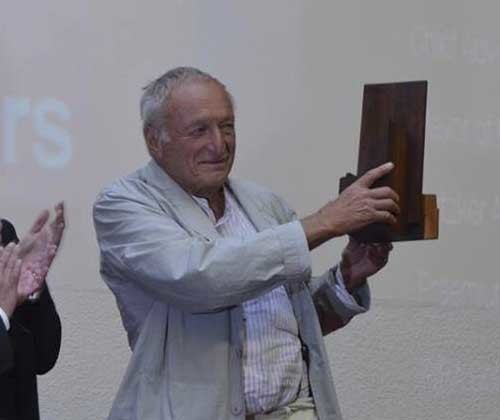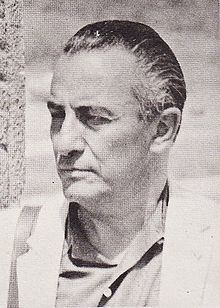Nationality Mexican Name Mario Pani | Role Architect | |
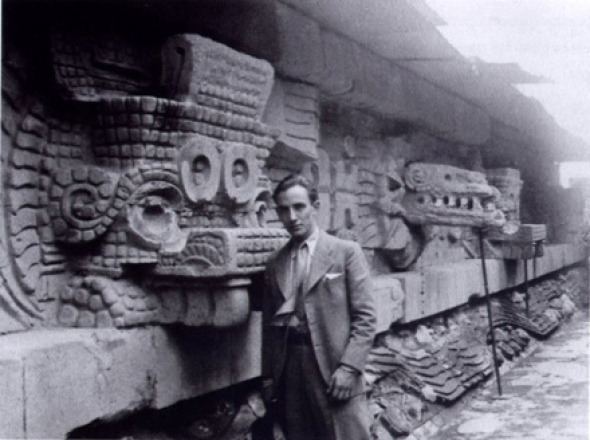 | ||
Notable work University City of the UNAM, Mexico, Unidad Habitacional Nonoalco-Tlatelolco Awards National Prize for Arts and Sciences (Mexico) (1986) Education Ecole nationale superieure des Beaux-Arts, National Autonomous University of Mexico | ||
Entrevista de guillermo p rez verduzco al arquitecto mario pani
Mario Pani Darqui (Mexico City; March 29, 1911 – Ibidem; February 23, 1993) was a famous Mexican architect and urbanist. He was one of the most active urbanists under the Mexican Miracle, and gave form to a good part of the urban appearance of Mexico City, with emblematic buildings, (nowadays characteristic of Mexico City), such as the main campus of the UNAM, the Unidad Habitacional Nonoalco-Tlatelolco, (following Le Corbusier's urban principles), the Normal School of Teachers (Mexico), the National Conservatory of Music and other big housing projects called multifamiliares. His son Knut is a well-known artist.
Contents
- Entrevista de guillermo p rez verduzco al arquitecto mario pani
- Arquitectura de mario pani
- Career
- Works
- Awards
- References
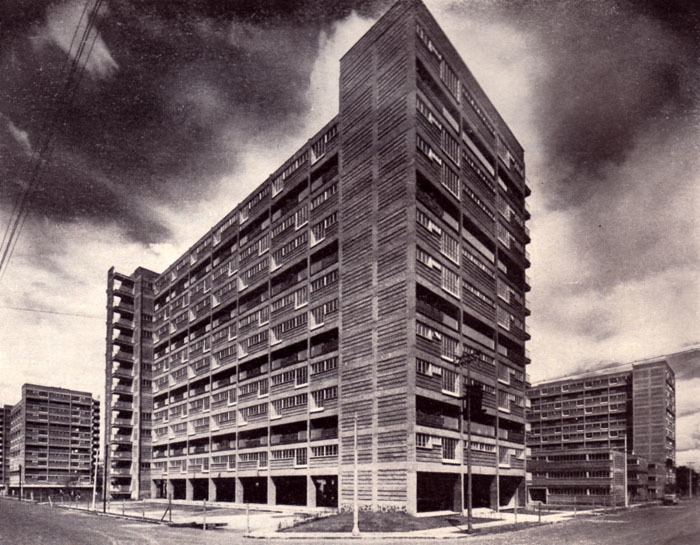
Arquitectura de mario pani
Career
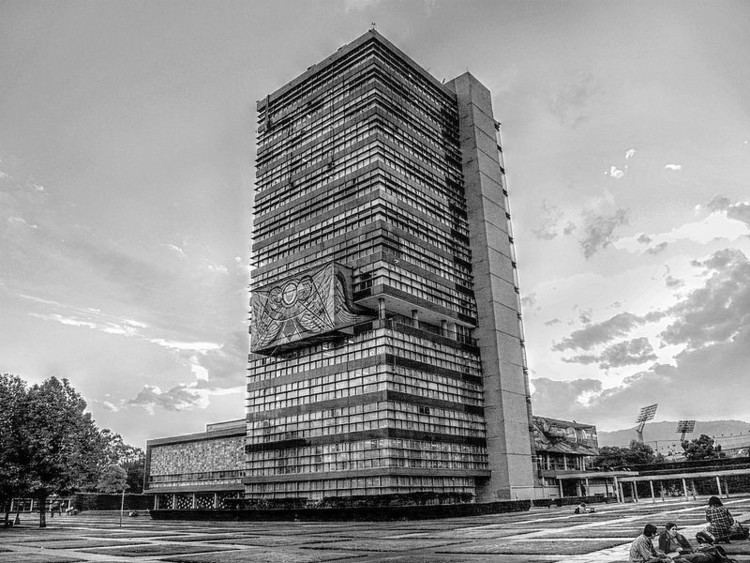
Mario Pani studied architecture in France and Mexico, and later on he would found the National College of Architects (Mexico) in 1946. In 1938 he founded the architecture journal, "Arquitectura Mexico", (Architecture, Mexico), to bruit the Mexican architecture, and was published from 1938 to 1979. He introduced the international style in Mexico, and was the first promoter of big housing Tower block projects. Pani was a great innovator of the urban design of Mexico City, and was involved in the construction of some of its newer parts, developing or participating in the more ambitious and important city-developing plans of the 20th century in Mexico, like Ciudad Satélite (along with Domingo Garcia Ramos and Jose Luis Cuevas), Tlatelolco, the Juárez and Miguel Alemán tower blocks, and the condominium in Paseo de la Reforma, the first of its type in Mexico.
Works

Pani's works include:
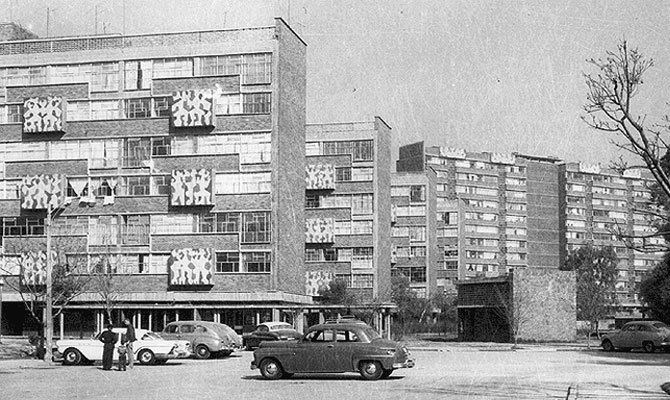
Awards
